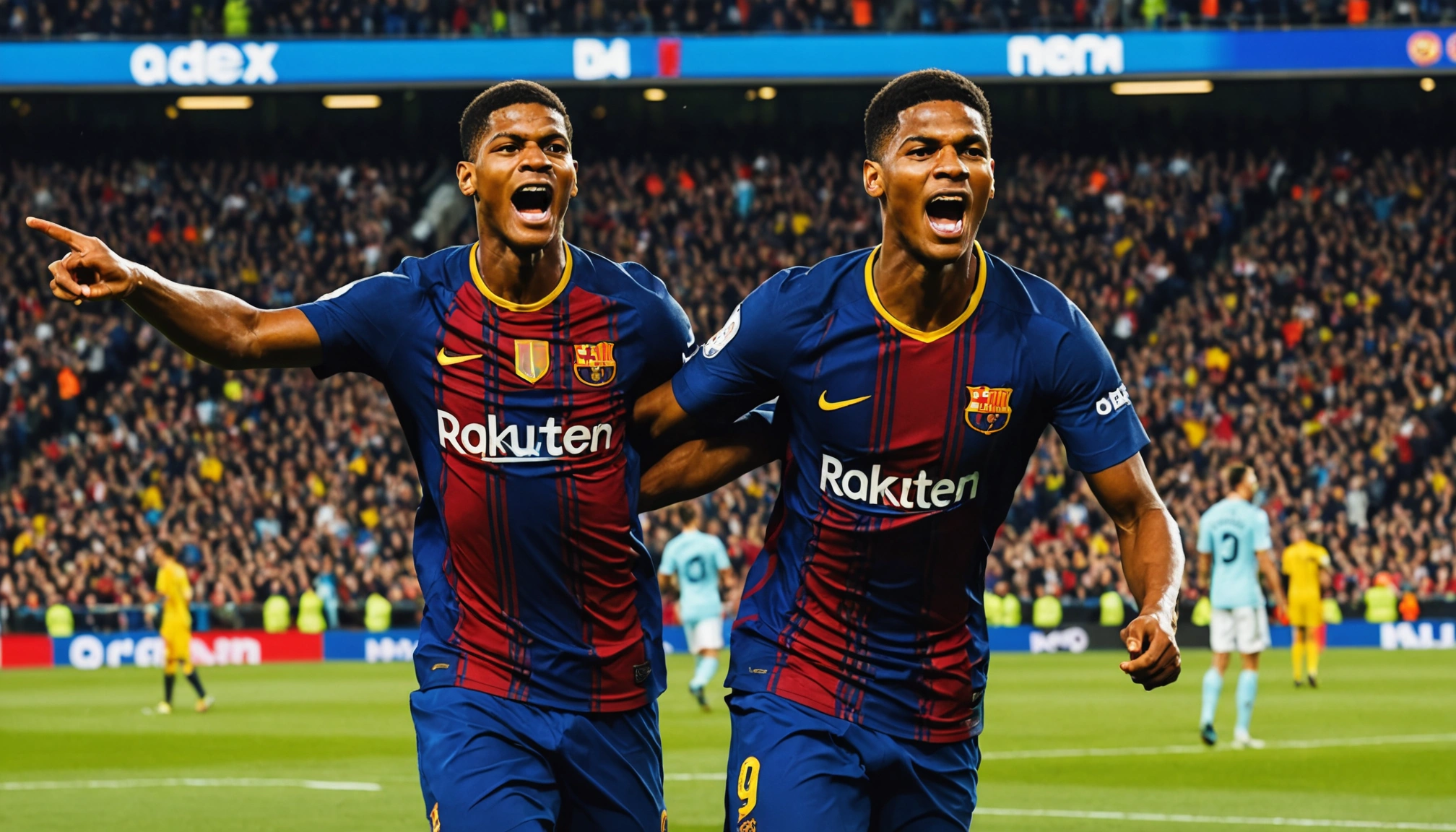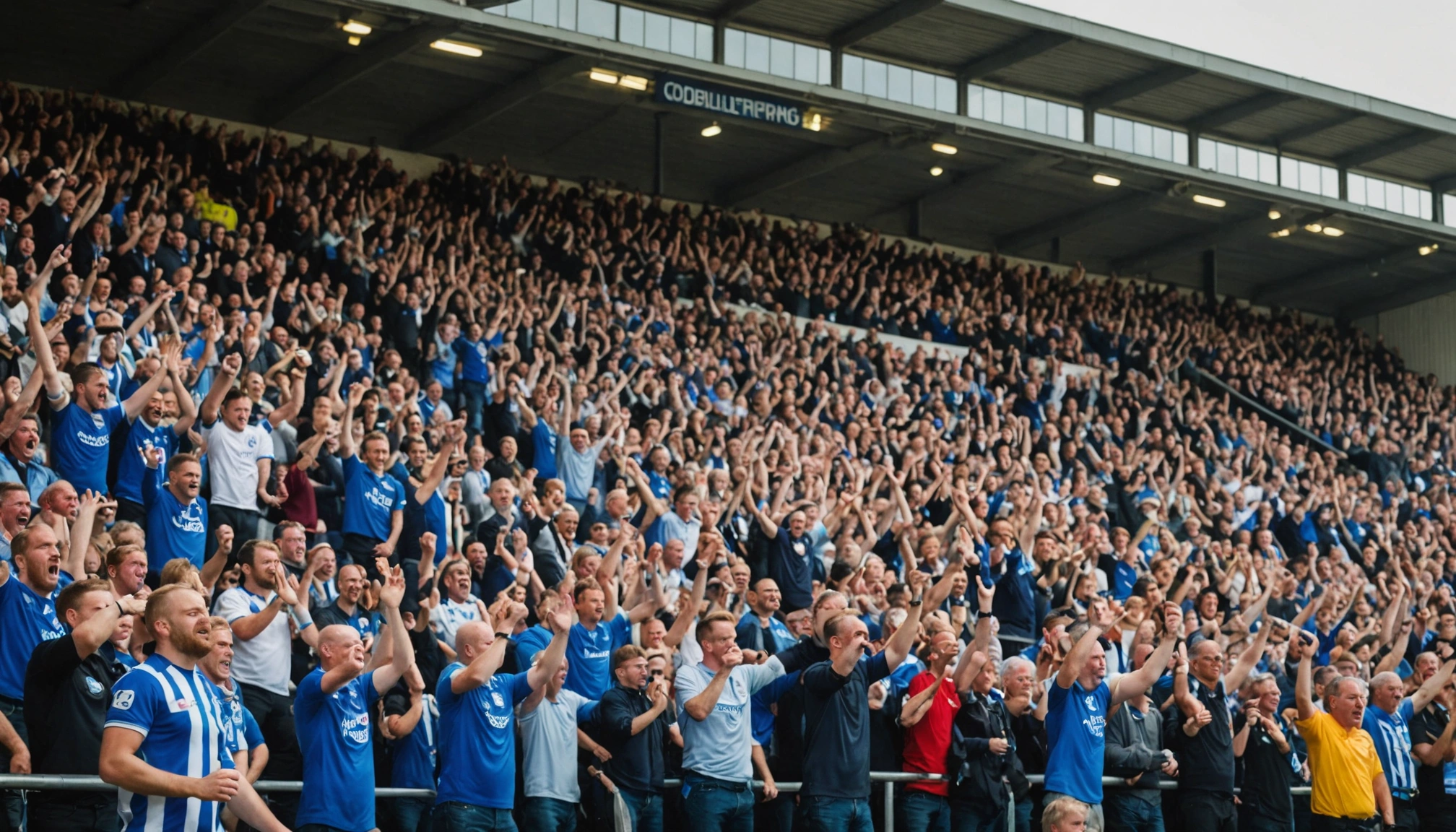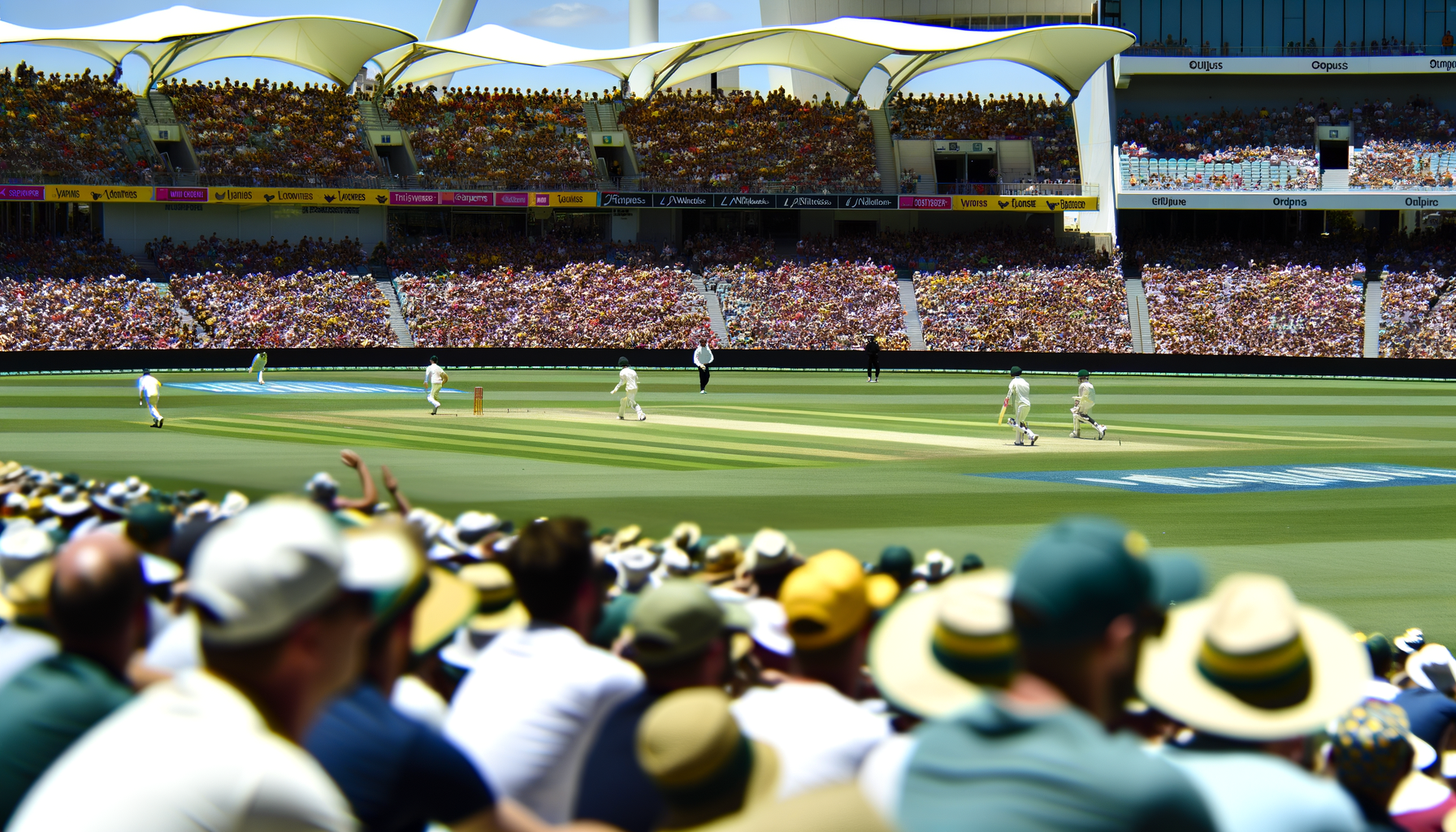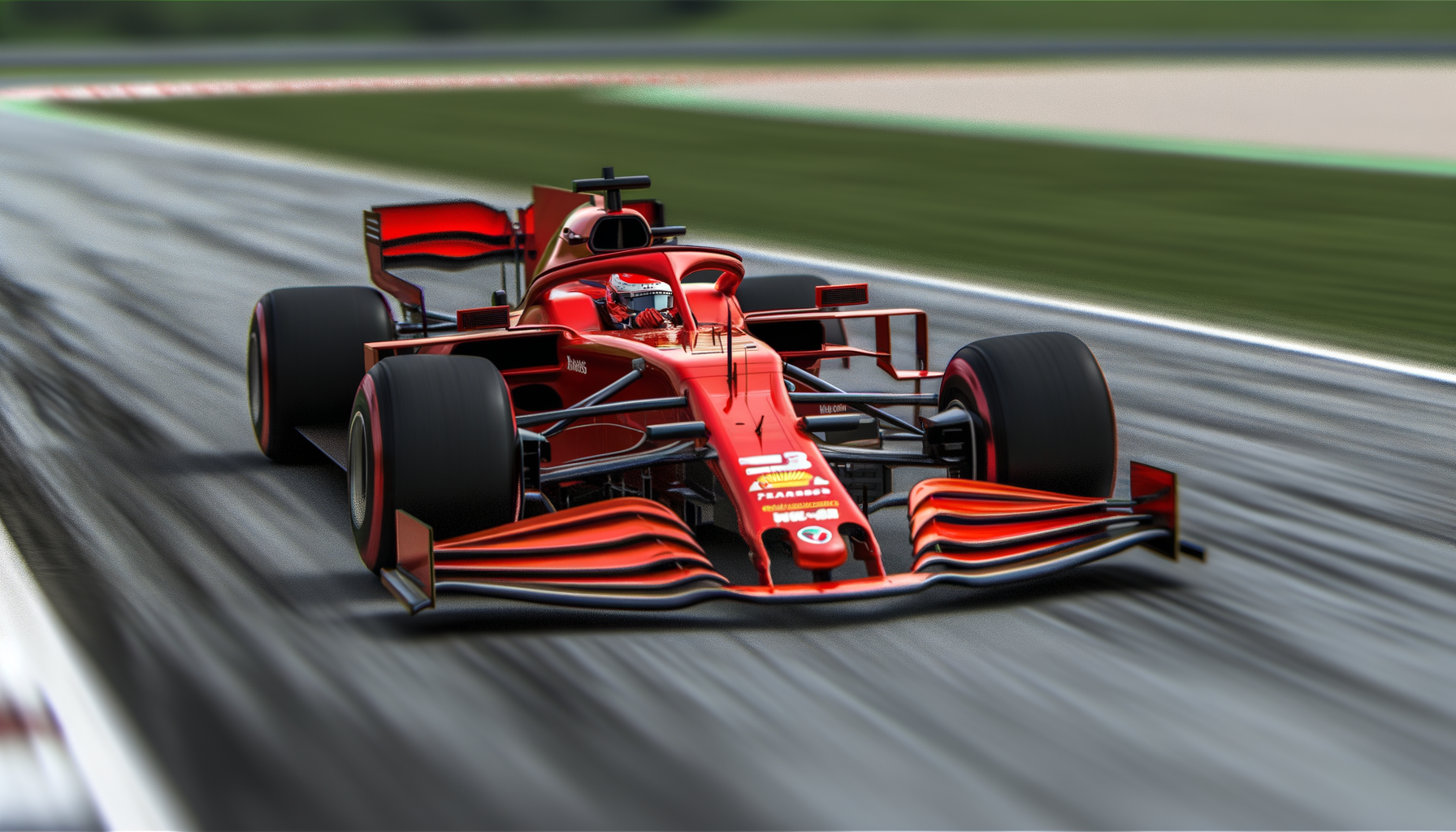Why Radios Haven't Fully Replaced Pitboards In F1
Discover why pitboards remain vital in F1 despite advanced radio tech. Explore the blend of tradition, strategy, and communication in modern Formula 1 racing.
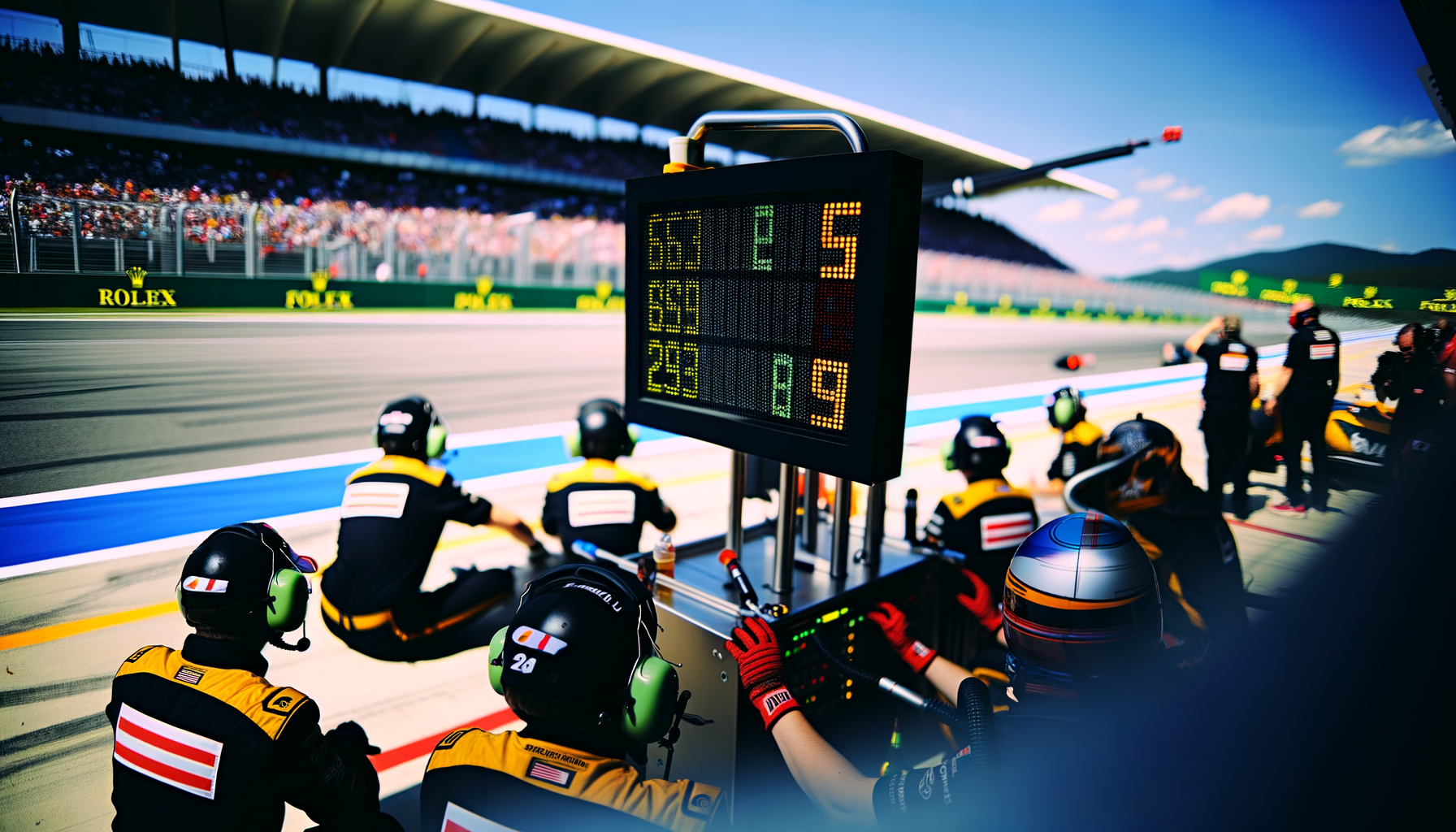
By Editorial
Introduction To Communication In Formula 1
Formula 1 is renowned for its cutting-edge technology and rapid innovation, yet some traditional methods persist despite modern alternatives. One such example is the continued use of pitboards alongside sophisticated radio communication systems. While radios have revolutionised team-to-driver interaction, pitboards remain a crucial part of race strategy and communication. But why exactly haven't radios fully replaced pitboards in F1? This article delves into the reasons behind this enduring blend of old and new.
The Role Of Pitboards In Formula 1
Pitboards are large, hand-held signs displayed by the pit crew, showing essential information to the driver as they pass the pit straight. Typically, they include lap times, position changes, gaps to rivals, and instructions like "Box" for pit stops. Despite being simple tools, pitboards deliver real-time, unambiguous messages without relying on radio signals or risking miscommunication.
Advantages Of Pitboards Over Radios
- Visual clarity: Pitboards provide a clear, immediate display of key data that drivers can quickly interpret at high speeds.
- Backup communication: In case of radio failure or interference, pitboards act as a reliable fallback.
- Reduced distractions: Some drivers prefer the visual cues from pitboards over constant radio chatter, which can be overwhelming during intense racing moments.
Limitations Of Radio Communication
Radio technology in F1 has advanced tremendously, offering instant voice communication between the team and driver. However, radios have inherent challenges that prevent them from completely replacing pitboards.
Potential Issues With Radios
- Signal interference: Radios rely on clear frequencies, which can be disrupted by equipment, weather, or trackside radio usage.
- Information overload: Continuous communication risks distracting drivers or causing confusion during critical moments.
- Regulatory constraints: Formula 1 regulations limit certain types of radio communication to maintain fairness, restricting the amount and kind of information teams can relay.
The Strategic Importance Of Combining Both Methods
Teams often employ a hybrid approach, using radios for detailed, strategic dialogue and pitboards for concise, high-priority messages. This combination ensures drivers receive vital information clearly and efficiently without overloading them.
For example, during the 2023 season, teams like Mercedes and Red Bull have demonstrated the effective use of pitboards alongside radio instructions to manage tyre strategies and lap timings. This dual approach helped drivers maintain focus and respond promptly to race developments.
Case Study: Pitboard Use In Crucial Moments
In the 2022 British Grand Prix, Max Verstappen's team used pitboards effectively to communicate his gap to Lewis Hamilton in the closing laps, allowing him to manage his pace without constant radio chatter. This clearly illustrated how pitboards contribute meaningfully to race outcomes.
Driver Preferences And Psychological Factors
Individual driver preferences also influence communication methods. Some drivers, like Lewis Hamilton, have expressed appreciation for pitboards as a tool to reduce distractions. Visual cues can be less mentally taxing than deciphering constant radio messages, especially under pressure.
Moreover, the physical presence of a pitboard can reinforce team spirit and focus, offering a tangible connection between driver and crew.
Technological Innovations And Future Trends
While pitboards remain relevant, technology is evolving. Some teams are exploring augmented reality (AR) helmet displays and advanced telemetry to provide drivers with more seamless information. However, these innovations face technical and regulatory hurdles before widespread adoption.
For now, the blend of traditional pitboards and modern radios represents a balanced communication strategy, optimising clarity, reliability, and driver comfort.
How This Relates To Other Sports Communication
Similar communication challenges appear across sports. For instance, in cricket, live updates and strategic instructions are carefully balanced between technology and traditional methods, as seen in the ongoing analysis of the Rothesay County Championship Division 1 latest standings and analysis. Likewise, football teams manage live tactical adjustments through a mix of tech and in-person signals, detailed in Live Football Today On Sky Sports fixtures kick off times and streaming.
Conclusion: Why Pitboards Still Matter In F1
Despite rapid advancements in radio technology, pitboards remain an indispensable part of Formula 1 communication. Their simplicity, reliability, and ability to reduce driver distraction ensure they continue to complement radios effectively. As the sport evolves, this blend of tradition and technology highlights the importance of multiple communication channels in high-pressure, high-speed environments.
For those fascinated by sports communication dynamics, exploring other sporting examples like England sport highlights key moments and insights offers further insights into how teams balance technology with human elements.
Related topics
Editorial
Sports expert at SportsScoop
Specialist in sports analysis and journalism
Related articles
Want to read more?
Explore our comprehensive collection of sports articles and analysis, or contact us for more information.
